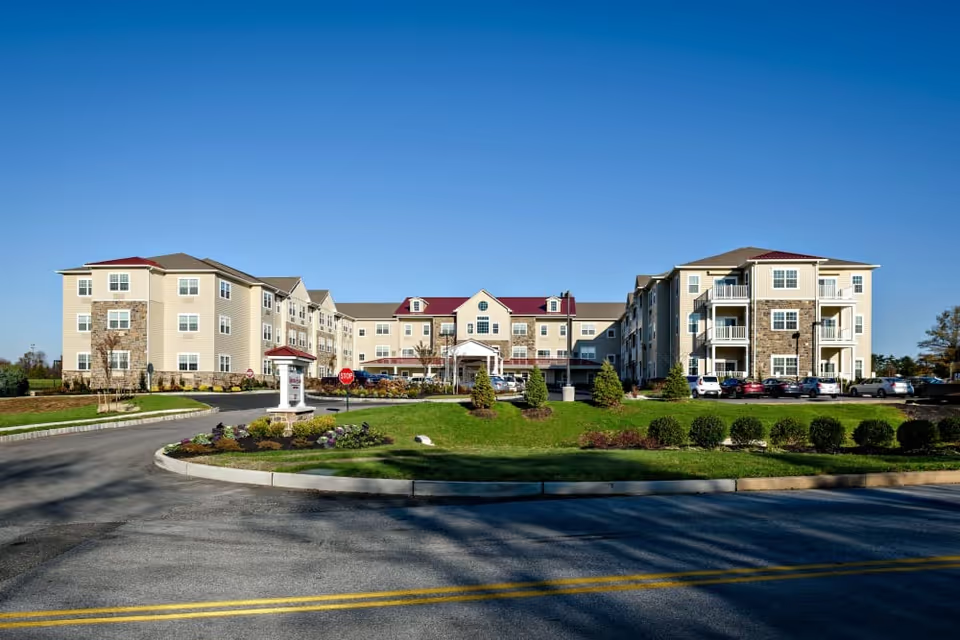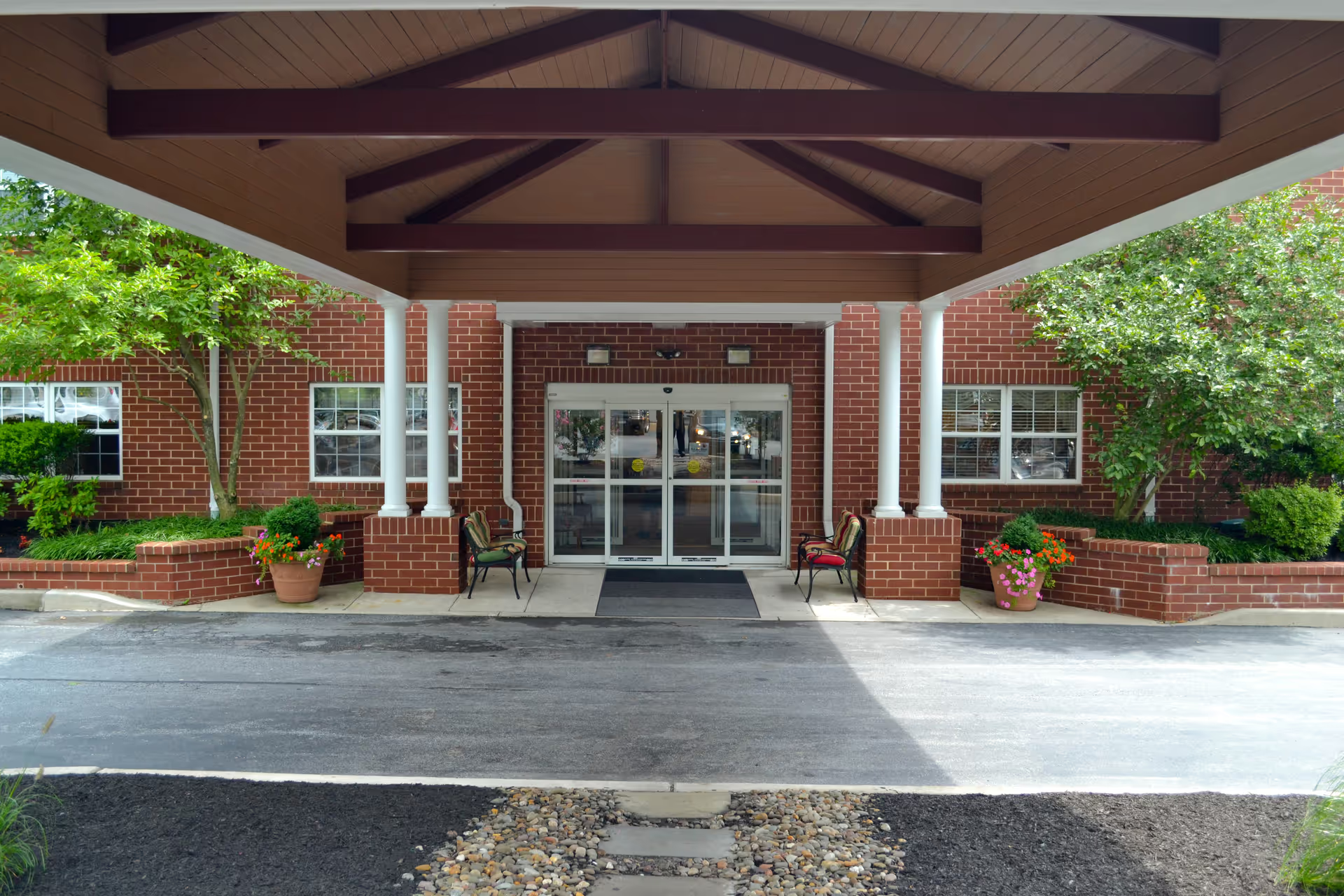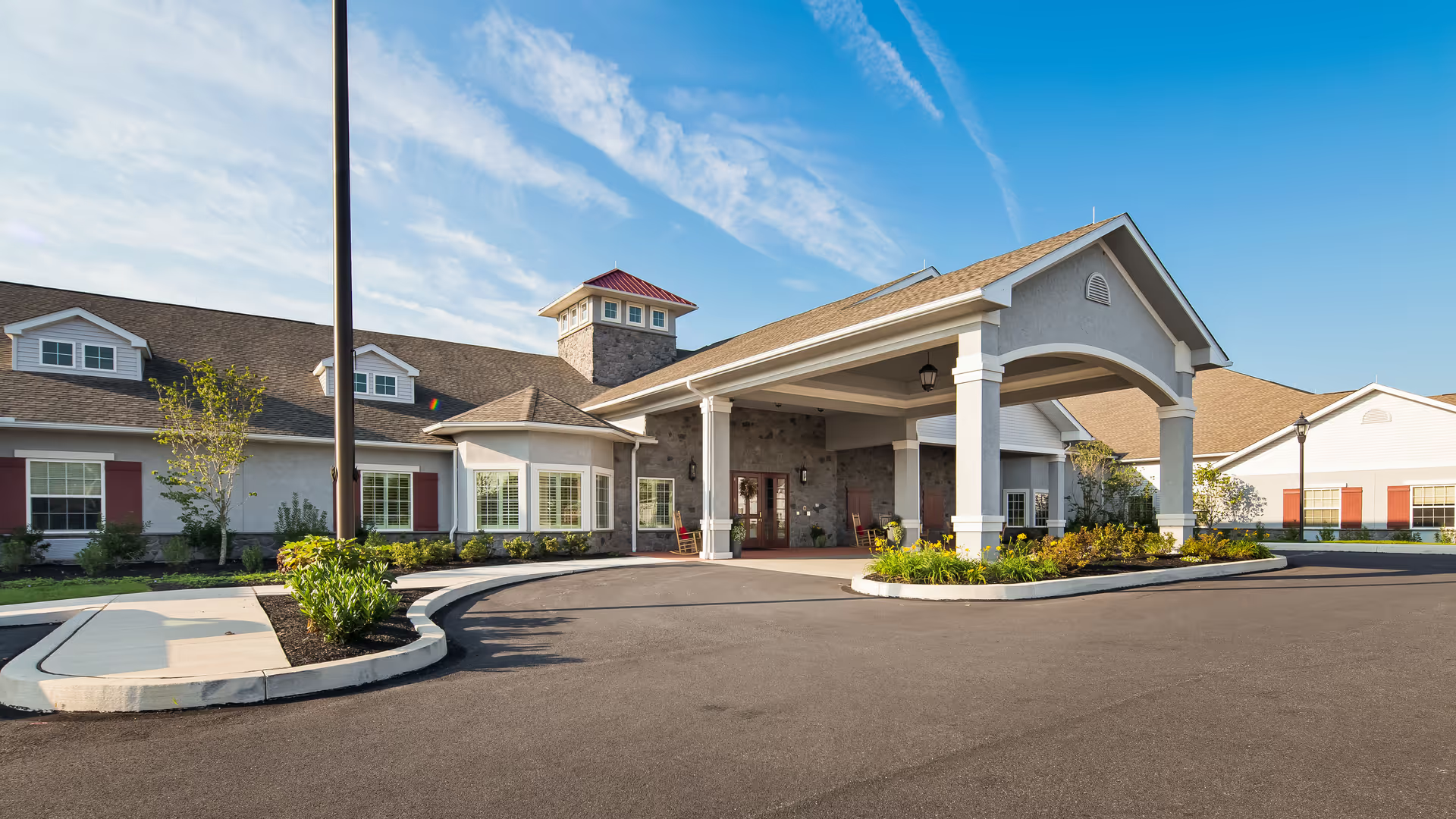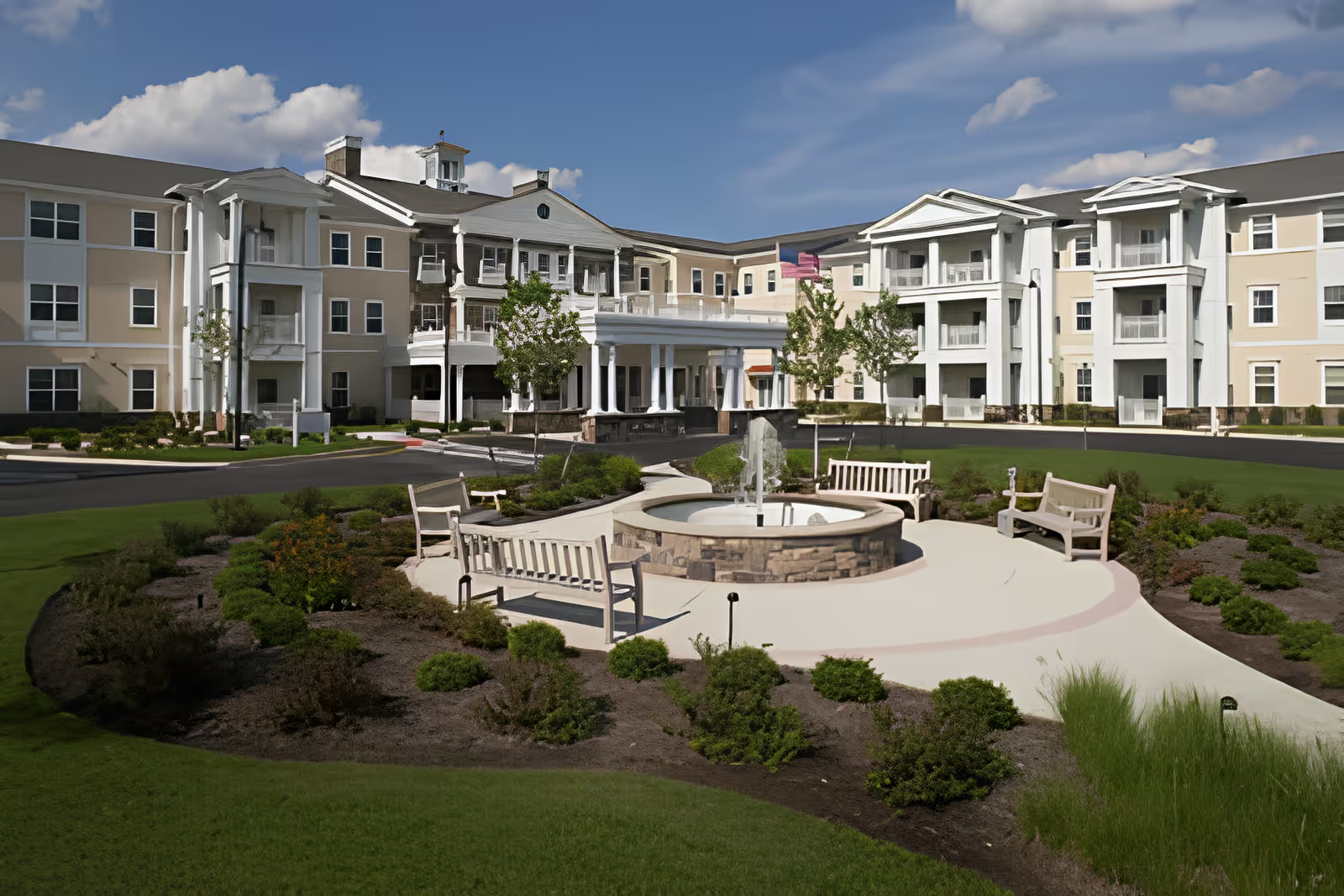Overall sentiment in the collected reviews for Waterbrooke of Elizabeth City is mixed but leans toward polarized impressions: a substantial set of reviewers describe a clean, cheerful community with compassionate staff and lively programming, while a significant minority report serious problems with management, inconsistent staff competence, maintenance, and memory-care experiences. Many reviewers emphasize positive day-to-day life—residents are described as well-groomed and engaged, the building is often called clean and odor-free, and the environment is festive and decorated for seasons and holidays. Multiple accounts praise staff who are friendly, helpful, and attentive; specific staff members and tour guides (Audrey and Dana) were named for providing informative and pleasant tours. Amenities and social opportunities are repeatedly highlighted as strengths: there are many creative activities (Coffee Club, Dance-Off, Chicken Dance, Bingo), organized trips and transportation, and on-site features such as a library, pool, and chapel. Several reviews note a strong community feel where residents participate and volunteers enjoy visiting, and some families report fast communication and responsive service from staff and administrators.
Care-quality and staffing present a complex picture. On the positive side, numerous reviews call out dedicated nurses, aides, and med techs who seem to genuinely care and support recovery or daily needs; staff are described as going out of their way and keeping residents socialized and stimulated. Conversely, other reviewers report inconsistent staffing quality: incidents of rough CNAs, a nurse yelling at a resident, and statements that some staff members require close monitoring indicate variability in training, supervision, or culture. There are also allegations of over-medication in a few accounts and some families reporting declines in care quality over time. Memory care is likewise described in both positive and negative terms—some reviews praise dedicated memory-care staff and supervision, while others describe the memory unit as bleak or inadequate and report poor outcomes for residents with conditions like Lewy body dementia. This split suggests differences between units or shifts and highlights the importance of checking current staffing, specialization, and supervision in the specific unit of interest.
Facility condition and maintenance are another area of conflicting feedback. Many visitors and residents report a clean, pleasant, and well-maintained interior; at the same time several reviewers describe the building as run-down or "falling apart," and multiple mentions of slow maintenance response (for example a repeatedly reported light that remained unresolved) point to inconsistent facilities management. Cleanliness and dining also produce mixed impressions: while many emphasize a clean facility and content residents, some reviewers explicitly report dirty conditions and poor food quality. Shared/double occupancy rooms are noted by some as a negative factor for privacy and comfort. These contradictions may indicate variability between wings, floors, or over time, rather than a single uniform condition across the campus.
Management, administration, and communication are frequent sources of concern. A number of reviews praise helpful and responsive administrators, while others characterize administration as poor, unaccommodating, or even rude (one reviewer named an administrator specifically). Reported difficulties include confusing or inadequate staff communication, trouble reaching certain staff members, and a perception in some reviews that the community is money-focused. HR is described as only somewhat accommodating in family relationship matters. These differences in reported administrative quality point to inconsistent leadership experiences that can significantly affect family satisfaction.
Activities, programming, and community life are consistently reported as strong points by many reviewers. The calendar of events appears robust and varied for much of the community—holiday parties, special events, group games, exercise, religious services, and off-site trips are frequently mentioned. Several reviewers specifically note joyful, engaging moments (e.g., dance contests, Coffee Club, riddles and jokes) and say residents appear happy and well-stimulated. That said, a few reviews describe limited programming in certain units (only bingo and church service), again suggesting unevenness across the facility.
Patterns and practical takeaways: the reviews present a split picture where everyday resident experience (activities, friendly direct-care staff, community engagement) is often very positive, but systemic issues (management, maintenance responsiveness, staff consistency, and some serious clinical or behavioral incidents) recur enough to be meaningful concerns. For someone considering Waterbrooke of Elizabeth City, the reviews suggest it is important to do a unit-specific and time-specific assessment: tour the exact care neighborhood, observe meal service and activity participation, ask for recent staffing ratios and turnover rates, request documentation of maintenance response times, inquire specifically about memory-care programming and outcomes for conditions like Lewy body dementia, and speak with current family members about both routine care and any past incidents. The facility has clear strengths in community life and many committed front-line staff, but prospective residents and families should probe management practices and unit-level consistency to ensure those strengths are reliably present in the part of the community they would join.







